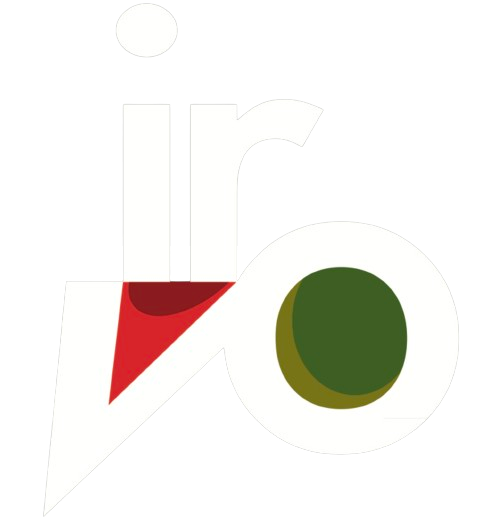5 June 2012
Sensory Analysis
Sensory analysis at the service of marketing
Anyone who thinks that sensory analysis is the same as tasting is certainly wrong. Although our senses are used in both cases, the methods, time and place of the analysis are very different, without considering that the result of the sensory analysis must be further supported and validated by statistical analysis.
But, beyond the confusion that still exists today between tasting and sensorial analysis, emphasis must certainly be placed on the role of the latter as a powerful tool that companies in the food sector and beyond (cosmetics, pharmaceuticals, textiles, automotive, etc. ) can be used to identify their own strengths and/or weaknesses, to have input for new productions or to discover new market targets.
Like it or not, the market changes, its dynamics change and only companies that adapt and align themselves with the changes first are competitive and can adequately address the new scenarios.
To be practical and give some indications on the possibilities of use of this instrument, because we are always talking about an analysis on a par with the chemical-physical ones with which correlations must undoubtedly be made, let's take into consideration some fields of application, referring to the sector food.
In the context of Research and Development (R&D), sensory analysis can be used as a tool for the creation of new products, through the use of groups of judges (panels) selected and trained for the objective description of homogeneous products. , in order to evaluate sensory differences and/or similarities, thus defining "identity cards" (sensory profiles) of the products. Furthermore, it is possible to compare different products of the same type by evaluating process and/or "formulation" changes, also taking into consideration storage conditions.
In quality control it becomes of fundamental importance to verify the stability of the products as a function of time and process conditions, therefore the deviations of the products compared to a control sample (witness) must be verified regarding sensorial evolution. All this allows us to qualify raw material suppliers and optimize the "durability" (shelf-life) of the products.
Briefly mentioning consumer science, not least is the aspect of the use of sensorial analysis by those who deal with consumer behavior and choices. Knowledge of the elements that determine consumer preference and/or acceptability is not only a useful evaluation element for the launch phase of new products, but allows us to size (reducing or increasing) the efforts that each company will have to make in terms of packaging, price, market segmentation, advertising, etc.
Finally, it should be remembered that the choices of each of us, beyond the quality of the product (a very complex and dynamic concept), depend on the emotions that the products are able to give us through the experience that the product itself makes us live. If today we have moved from marketing to ultra-marketing we owe it to the fact that the consumer, much more attentive and competent than in the past, is involved in those companies that create a deeper and more personal relationship with their customers. This result is achieved through the involvement of all five senses offering the consumer a total sensorial experience.
Sensory marketing must be seen as a way to satisfy not only the mind but also the heart of the consumer.
Antonio Scacco – [email protected]
Ultime notizie
News 9 January 2025
Public Consultation Update PTPCT IRVO 2025-2027
Public consultation for the purpose of updating the Three-Year Plan for the Prevention of Corruption and Transparency (PTPCT) 2025/2027 In order to allow maximum involvement in the preparation of the update of the Three-Year Plan for the Prevention of Corruption and Transparency of the Regional Institute of Wine and Oil for the three-year period 2025/2027, all those who are interested are invited - in particular citizens, companies, consumer associations, representative trade unions, other entities operating in the territory representing particular interests - to send observations and/or proposals to the Person in Charge of the Prevention of Corruption and Transparency (RPCT), which will be evaluated when drafting the document.


